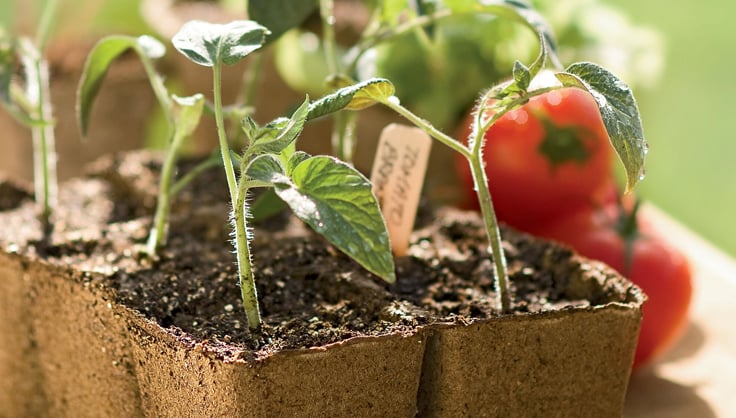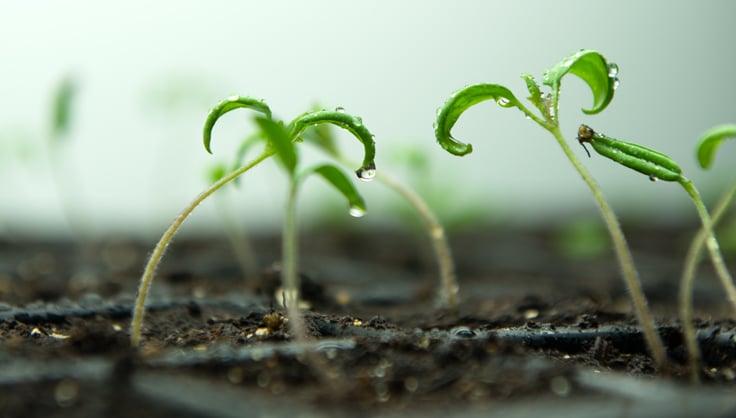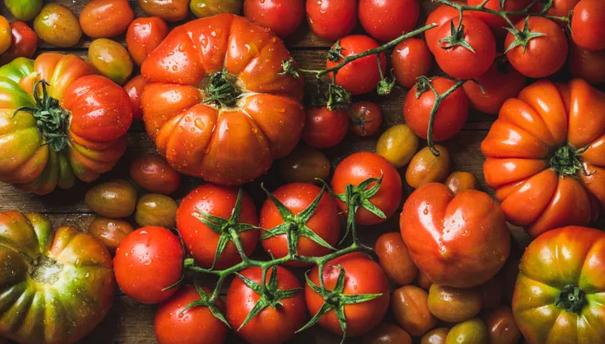Search Results
-
Tomatoes are quick to germinate and fun to grow. Learn how to start your own tomatoes from seed.
-
Tomato plants are one of the easiest plants to start from seed. Watch and learn how to grow your own fresh tomatoes.
-
Learn how to choose the best cultivars for your garden, grow tomatoes from seed, navigate common tomato pests and diseases, and maximize your harvest.



